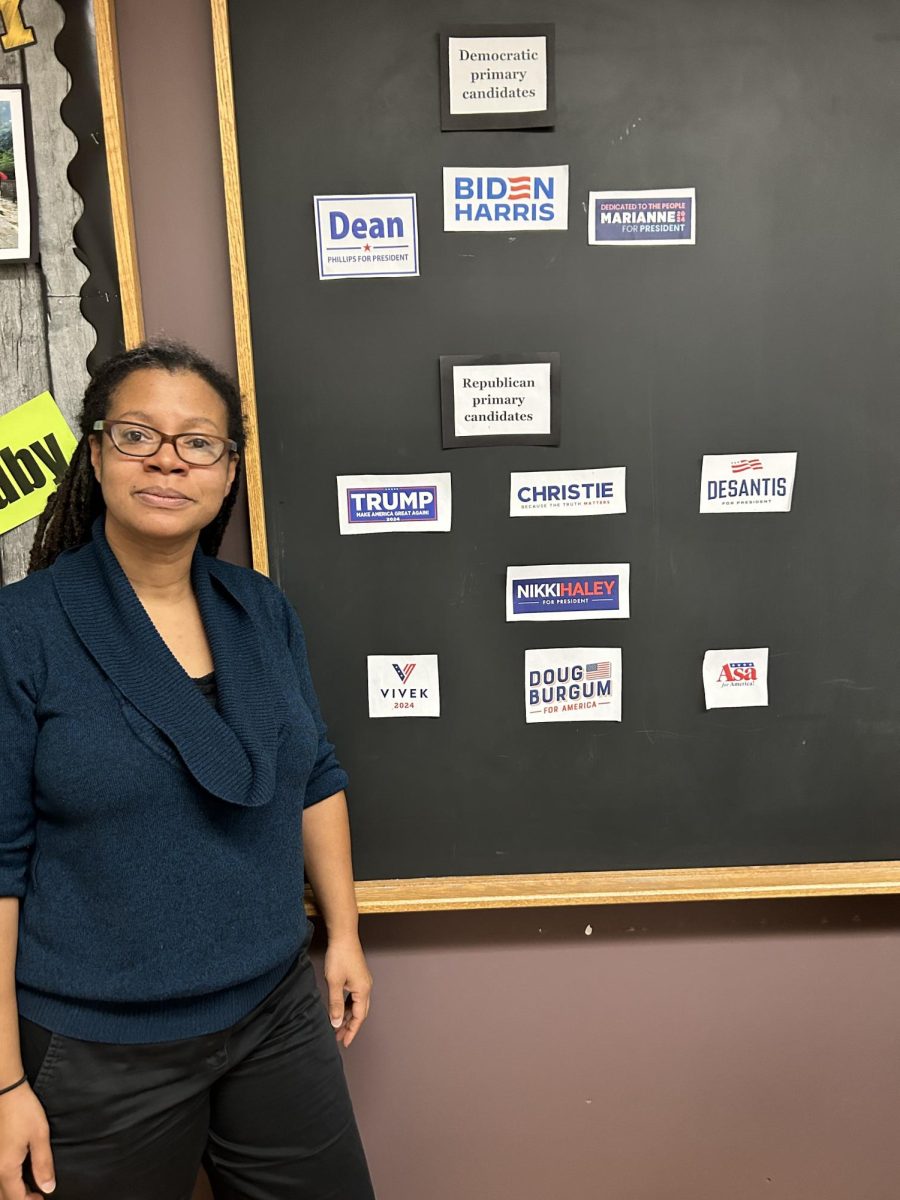Objective based grading is a system that is getting incorporated into more classes. It uses a 4 category scale to assess and track students’ progress and learning in the class. The lowest being “beginning” and the highest being the “advanced” categories. The AP Computer Science Principles class’s syllabus describes the beginning category as being able to “use primitive data structures in my program” whereas the advanced category is described as “I consistently use data structures efficiently and elegantly in my programs.” Within each unit, there are different objectives. The more objectives a student masters, the higher their grade will be. For example, in Calculus AB there are 15 different objectives, being proficient in all 15 is equivalent to an A whereas being proficient in 9 objectives is a B.
Madeline Burton, computer science teacher and Head of the Computer Science Department, has been using objective based grading for 5 years in her classes. The previous computer science teacher, Sean Hickey, also used this system. Burton chose to stick with this unique grading system because “I find that it brings more clarity to the thing that I am assigning and grading.” Another important factor that Burton addressed was how “over time, it has helped me identify the skills that are important to my course.”
Burton went on to describe the transition between regular grading and objective based grading stating that, “For each teacher, it is a transition and a progress. My first year, I worked really hard to have standards, but I didn’t do a great job of filling out the whole rubric…I was really only talking about skills so like ‘Can I do this problem? Can I do that thing?’” Burton also placed an emphasis on being able to “articulate thinking” stating that “learn[ing] to learn is more important than ‘Can you add these two numbers?’”
Maggie Molter used this system at previous schools and has begun to use it at Blake. Molter comments, “It incorporates a lot of embedded retakes…I think that’s good also for the learning process to have multiple retakes.” As for the transition between grading, Molter adds, “It’s definitely a team decision. The whole department didn’t decide to do it the same year but I think all of us are interested in thinking about what the best way is for us to communicate student learning.”
The teachers that are using the system are working together to create similar expectations for the students so that there is consistency. Molter also puts emphasis on the history of point based grading and used her job as a comparison point stating, “If you look at the history of traditional points based grading, the history of it was used to sort people for factory jobs. Earn points so you could get letter grades to find out if you were compliant to work in a factory. For my job… I never get assessed using points and I don’t get a letter grade…the feedback I get in my job is more aligned with objectives.” Molter adds, “I believe in my professional heart that this grading system helps students learn better. First of all, this type of grading exists in colleges…certainly you’re not going to see a lot of point based grading in the real world.”










